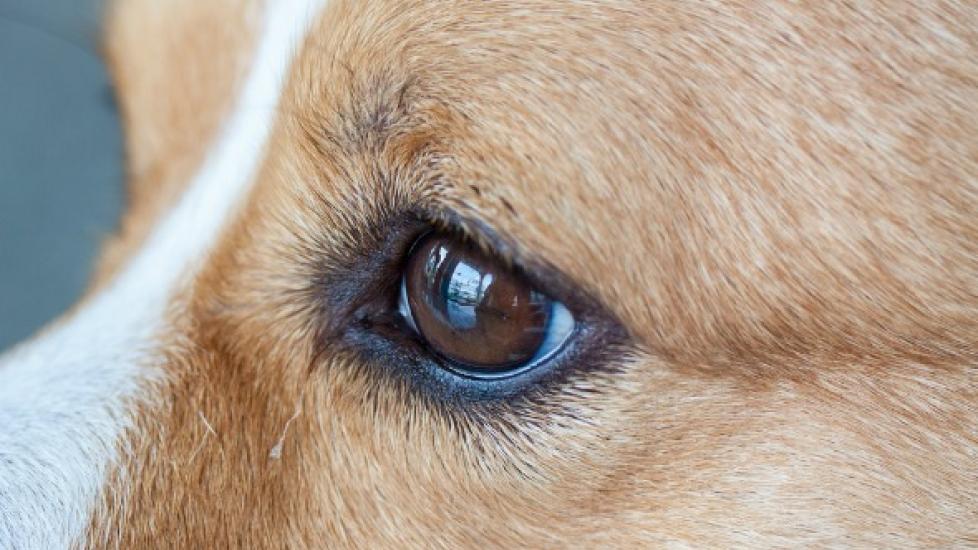Title: Unveiling the Canine World of Congenital Eye Defects
Introduction:
In the realm of canine health, congenital eye defects stand as a significant concern. These conditions are present from birth and often leave pet owners grappling with complex medical challenges. Understanding these defects is crucial for providing our furry companions with the best possible care and support. This article delves into various congenital eye disorders that dogs may face, shedding light on their causes, symptoms, treatment options, and preventive measures to ensure your pup’s well-being.
Types of Congenital Eye Defects in Dogs:
1. Cherry Eye: A common condition where the third eyelid gland protrudes, resulting in a red fleshy mass. It typically affects breeds such as Bulldogs, Cocker Spaniels, Lhasa Apsos, and English Springer Spaniels.
2. Persistent Pupillary Membrane (PPM): Strands of tissue that should normally disintegrate before birth persist, leading to abnormal connections between the iris and other parts of the eye. PPM can be found in many dog breeds but is particularly prevalent in Golden Retrievers, Boxers, and Beagles.
3. Lens Luxation: The lens becomes displaced within the eye due to a genetic abnormality affecting the zonular fibers that hold it in place. Breeds like Miniature Schnauzers, Terriers, and Shetland Sheepdogs have an increased risk.
4. Retinal Dysplasia: Abnormal development of the retina leads to vision impairment or blindness. Certain breeds, including Collies, German Shepherd Dogs, and Labrador Retrievers, are more susceptible.
5. Coloboma: Malformation of the eyeball results in missing portions, which can affect both structure and function. While rarer than other defects, colobomas can occur across different breed lines.
Causes & Risk Factors:
Genetics plays a pivotal role in most congenital eye diseases, with certain breeds being predisposed due to inherited traits. Environmental factors during gestation and breeding practices also contribute to the prevalence of these issues. Regular veterinary checkups and responsible breeding programs help identify affected animals early on.
Symptoms & Diagnosis:
Early detection is key to managing congenital eye problems. Signs include squinting, excessive tearing, cloudiness in the eyes, poor pupil response, or obvious physical changes to the eye structure itself. Veterinarians use ophthalmic examinations, diagnostic imaging, and sometimes blood tests to confirm diagnoses.
Treatment Options:
Each defect requires tailored management strategies ranging from simple medications to surgical interventions. For instance, Cherry Eye might resolve with manual repositioning or surgery; PPM strands can be removed surgically; Lens Luxation may require lens removal if severe; Retinal Dysplasia has no cure but can be managed through supportive therapies; Coloboma is usually monitored closely without specific treatments available at this time.
Prevention Strategies:
Besides regular screenings, breeding selection based on genetic testing can reduce the incidence of hereditary ocular conditions. Pet parents should also provide proper nutrition and maintain a healthy lifestyle for their pets to strengthen overall immune systems and promote optimal eye health.
Conclusion:
While congenital eye defects pose challenges, they are not insurmountable obstacles when met with informed caregiving. By recognizing potential risks, scheduling routine exams, and working closely with veterinarians who specialize in animal ophthalmology, we can create healthier futures for our beloved canine friends. Let us continue striving towards enhancing the quality of life for all pups by staying vigilant against preventable ailments like those discussed here today.
